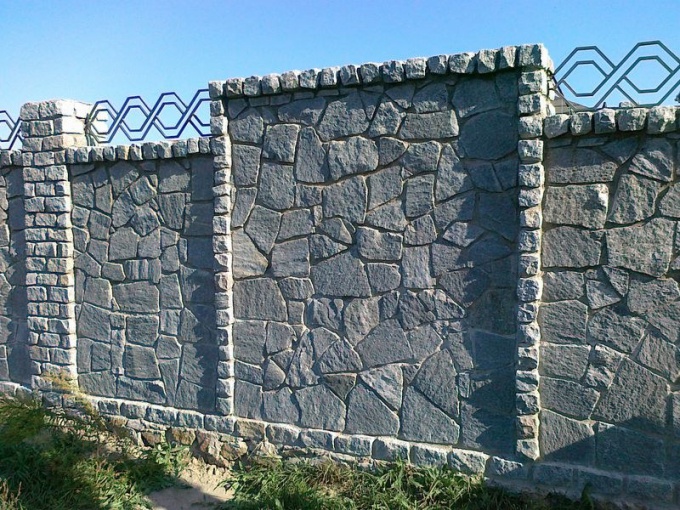Instruction
1
Mortars for masonry are divided into the heavy (cold) and light (warm). First created on the basis of silica or natural sand from dense rocks. The second is prepared using pumice, scoria or tuff sand, fuel, or blast-furnace granulated slag and ash.
2
In all types of solutions, the grain size of sand should not exceed 2.5 mm. When creating solutions for masonry stone are widely used various organic and plasticizer. As the organic additives used mylonaft and sulfide liquor, the inorganic — clay and lime.
3
The solutions also klassificeret on the type of binder, cement, lime, complex, or mixed. Cement mortars used for the construction of structures located below the ground surface, walls and heavily loaded columns, and in reinforced masonry.
4
Minimum cement consumption one cubic meter of sand shall be not less than 75 kg for the underground parts of buildings and above-ground parts is not less than 125 kg of Portland slag cement and Portland cement is used only in the solutions for reinforced masonry for the critical structures, for works in soils saturated with water, as well as for winter masonry by freezing.
5
At low load in dry places used lime mortars. They have great flexibility and mobility, while ensuring the highest productivity.
6
Mixed or complex solutions, referred to as cement-clay and cement-limy structures, they are also used for construction of most building structures. Due to the presence of one of the binders initial setting time is extended in time, which makes the walls more comfortable, but greatly reduces the strength of the solution.
7
The degree of mobility of the solution is determined when immersed in a standard cone with a mass of 0.3 kg. the Ease of masonry depends on the degree of mobility of the solution and its ability to retain moisture, thanks to which the solution does not separate. This occurs during the rapid separation of water and precipitation of sand.
8
Water-holding capacity of the solution is very important when laying stone on a porous base, as well as during transport of the solution at large distances. As a rule, increase it by introducing finely dispersed mineral substances (clay and lime) or organic surface-active additives.
Note
Mortars for masonry shall be not only durable, but also plastic. Such a composition easily fills all irregularities and uniformly bonded to the surface. In addition, the solution improves the productivity of bricklayers and improves the quality of masonry.
